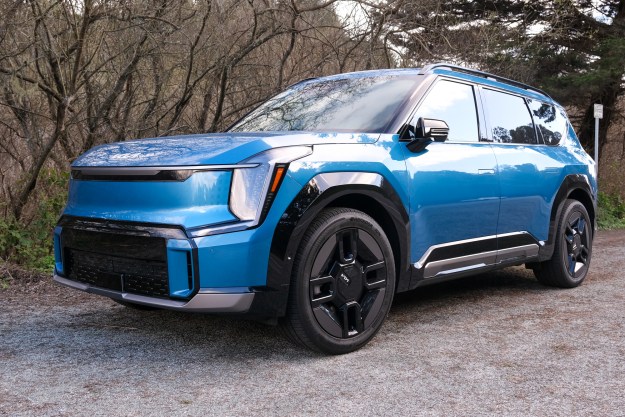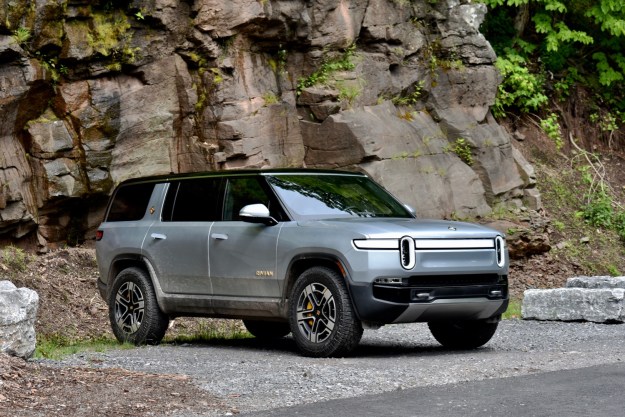“By combining forces with Lyft in the U.S., we’ll be positioned to build the best passenger experience for self-driving cars,” Karl lagnemma, CEO and co-founder of NuTonomy, said of the new collaboration. “Both companies care immensely about solving urban transportation issues and the future of our cities, and we look forward to working with Lyft as we continue to improve our autonomous-vehicle software system.”
This is by no means the first time Lyft has toyed with the idea of a self-driving fleet. Just last month, the Uber competitor announced that it would be collaborating with Alphabet’s Waymo on autonomous cars, and before that, it accepted a $500 million investment from GM to put self-driving Chevy Bolts on the road. Of course, with this considerable preponderance of partners, it certainly seems as though Lyft could hit its goal of having most of its rides conducted by autonomous vehicles by 2021.
“At Lyft, we imagine a world where car ownership is optional and cities are designed for people instead of cars,” said Logan Green, CEO and co-founder of Lyft. “Partnering with NuTonomy is an important step towards making this vision a reality. The NuTonomy team is one of the first movers in autonomous vehicle development, and we look forward to working with them to bring their autonomous vehicles to the Lyft network.”
So when can we expect to see the fruits of this labor? Apparently, a limited pilot in Boston will be launched in just a few months, whereupon Lyft users will be able to hail a driverless car from NuTonomy directly through the Lyft app.


